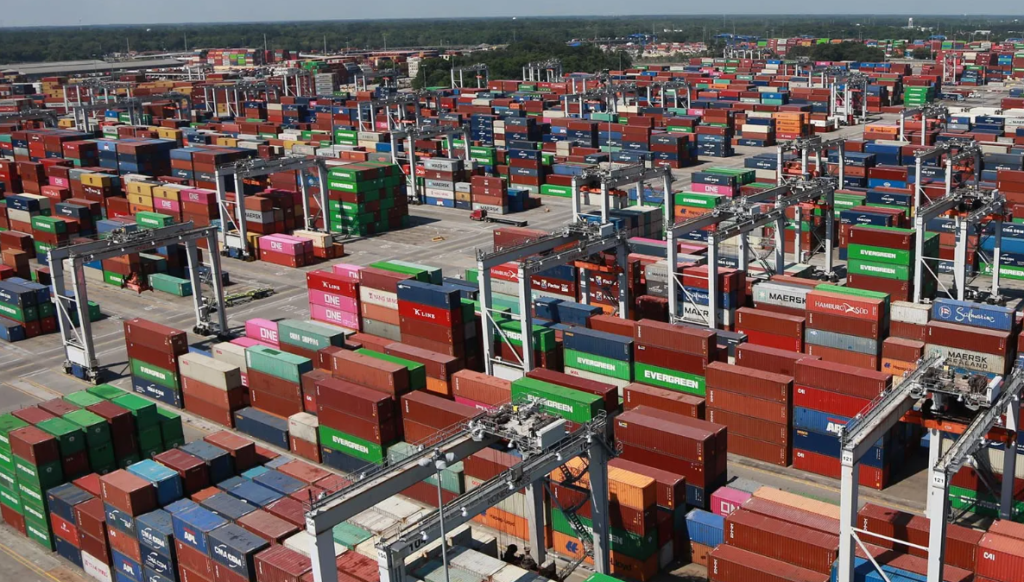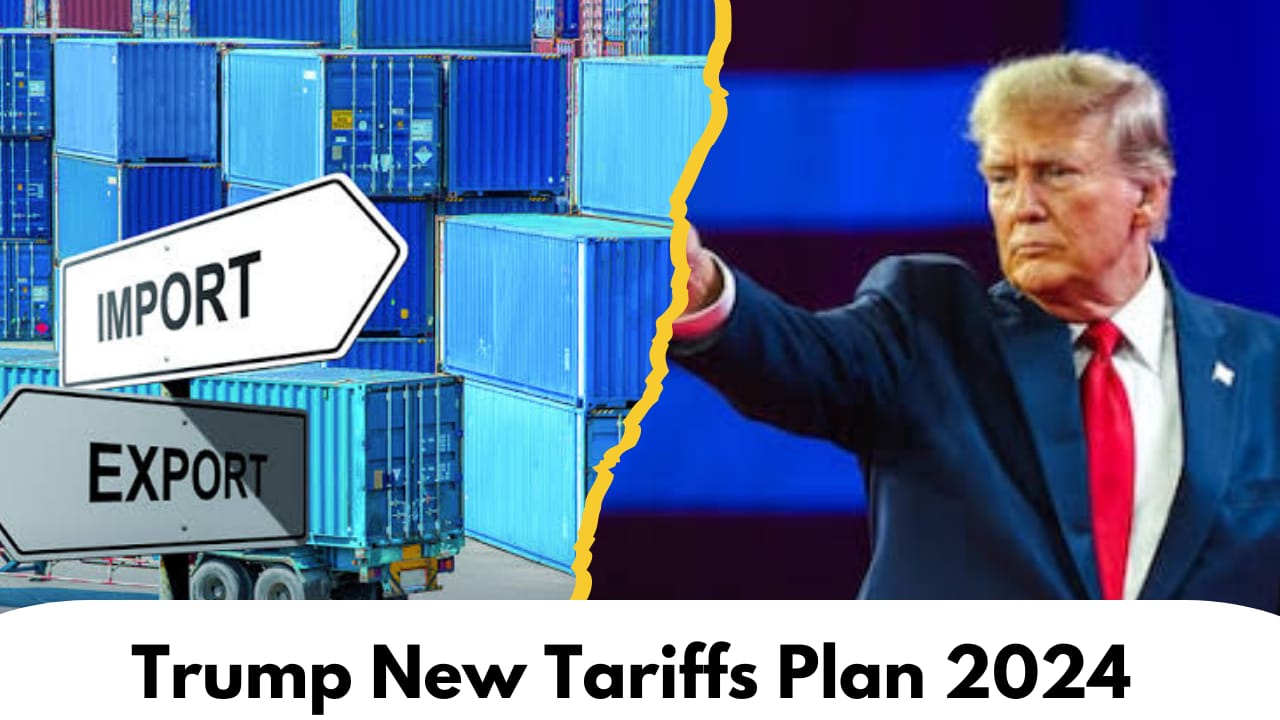Former U.S. President Donald Trump is stirring up concerns once again with his proposal to impose tariffs on key trading partners—Mexico, Canada, and China. This bold move has the potential to disrupt trade relations and lead to a severe economic impact. If implemented, these tariffs could cripple vital trade agreements, raise costs for American consumers, and spark retaliatory measures from these countries. Let’s break down the latest details of this controversial plan and its possible consequences.
The Tariff Threat on Mexico and Canada
Trump’s plan to target Mexico and Canada comes as part of his ongoing attempts to renegotiate trade terms. Under the USMCA (United States-Mexico-Canada Agreement), which replaced NAFTA, the U.S. already has a complex tariff structure with both neighboring countries. However, Trump’s proposed tariffs could escalate trade tensions, potentially leading to higher costs for goods imported from these countries, such as vehicles, agricultural products, and machinery.
Trump’s proposed 25% tariffs on imports from Canada and Mexico would mark a dramatic shift in trade relations within North America. These tariffs would target a wide range of goods, from cars and automotive parts to agricultural products and machinery, which are crucial to U.S. industries. With both Mexico and Canada being key trading partners under the USMCA (United States-Mexico-Canada Agreement), these new tariffs could severely disrupt cross-border trade.
This could also strain diplomatic relations, as Canada and Mexico would likely retaliate with their own tariffs on U.S. products. The domino effect of this would create disruptions in industries like manufacturing and agriculture, which depend heavily on cross-border trade. For consumers, this could translate into higher prices for everyday items.
China’s Role in the Tariff Strategy
When it comes to China, Trump’s tariffs are seen as a continuation of his “America First” policy, which aimed to reduce the U.S. trade deficit with China. The U.S. already has imposed billions of dollars in tariffs on Chinese goods, and Trump’s new plan could push this even further. This escalation would likely increase costs for U.S. businesses and consumers, particularly in tech, electronics, and consumer goods sectors.
Trump’s decision to impose a 10% tariff on Chinese goods is part of his ongoing efforts to tackle what he sees as an unfair trade relationship with China. The U.S. already imposed extensive tariffs on Chinese imports during his presidency, particularly targeting tech products, electronics, and machinery. However, this new round of tariffs could further escalate tensions between the two economic giants.
In retaliation, China has historically targeted American exports like soybeans, cars, and energy products. A new round of tariffs could ignite another trade war, which would harm global supply chains, slow economic recovery, and drive up prices.
Economic Consequences and Global Impact
While the idea behind these tariffs is to push for fairer trade deals, the broader consequences could be dire. The tariffs would likely lead to increased prices for imported goods, affecting U.S. consumers directly. Additionally, companies that rely on these imports could face higher production costs, which would, in turn, lead to job cuts or price hikes.

On the global stage, this plan could further destabilize trade relations between the U.S. and its largest trading partners, potentially leading to retaliatory tariffs and a full-scale trade war. The ripple effects could weaken global markets, slow down economic growth, and disrupt international supply chains.
A Divisive Policy with Uncertain Outcomes
This tariff strategy is a double-edged sword. While Trump insists that it will level the playing field for American workers and businesses, critics argue that it could cause more harm than good. Economic experts caution that the fallout from such tariffs could exacerbate inflation, disrupt essential supply chains, and lead to significant job losses, particularly in industries dependent on foreign imports.
As the U.S. faces potential economic turmoil, the global economy braces for more trade friction. Whether this plan will achieve its goal of improving U.S. trade balances or simply escalate tensions remains to be seen. For now, businesses, consumers, and governments are on edge, wondering what the next chapter in this ongoing trade saga will bring.
Conclusion: A Complex Decision with Far-reaching Effects
Donald Trump’s proposed tariffs on Mexico, Canada, and China could set the stage for a new era of trade disruption. While the intent is to strengthen the U.S. economy, the implementation of these tariffs is a risky strategy that could have far-reaching negative consequences for global trade, U.S. industries, and the everyday consumer. As negotiations continue, all eyes are on Washington, waiting to see how this trade battle will unfold.
frequently asked questions (FAQs) related to Trump’s new tariff plan
1. What is Trump’s new tariff plan for 2024?
Trump’s new tariff plan proposes a 10% tariff on Chinese imports and a 25% tariff on goods coming from Canada and Mexico. This proposal aims to reduce the U.S. trade deficit and renegotiate trade terms with these countries.
2. How will the 10% tariff on China affect U.S. consumers?
The 10% tariff on Chinese imports could lead to higher prices for a wide range of consumer goods, including electronics, clothing, and toys. U.S. businesses that rely on Chinese goods may face higher production costs, which could be passed on to consumers.
3. What are the potential impacts of 25% tariffs on Canada and Mexico?
The 25% tariffs on Canada and Mexico could disrupt trade in key sectors like automotive, agriculture, and manufacturing. Higher production costs may lead to job cuts or price hikes for U.S. consumers, while retaliatory tariffs from Canada and Mexico could harm U.S. exports.
4. Why is Trump imposing these tariffs?
Trump is aiming to protect American industries, reduce the U.S. trade deficit, and create better trade deals for the U.S. by targeting key trading partners like China, Canada, and Mexico.
5. Will China retaliate against these new tariffs?
Yes, China has historically responded to U.S. tariffs with retaliatory measures. New tariffs on Chinese goods could lead to higher tariffs on U.S. exports, especially agricultural products, which could escalate the trade conflict.
RELATED-UK Economy Struggles with September Dip and Slower Growth in Q3









One thought on “Trump Plan to Impose Tariffs on Mexico, Canada, and China: A Trade Crisis in the Making”